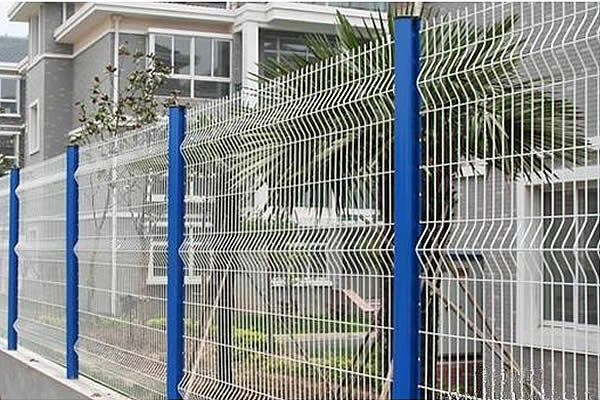 TEL:
+86-13102802206
TEL:
+86-13102802206
 Email:
fencenetting@china.com
Email:
fencenetting@china.com
 Language
Language
 TEL:
+86-13102802206
TEL:
+86-13102802206
 Email:
fencenetting@china.com
Email:
fencenetting@china.com
 Language
Language


Understanding Chain Link Fence Costs
When considering security, boundaries, or privacy, a chain link fence is often one of the most practical and economical options. However, understanding the costs associated with chain link fencing is paramount for homeowners or property managers looking to install this type of fencing. This article aims to provide a comprehensive overview of the factors influencing chain link fence costs.
1. Materials
The primary factor affecting the cost of a chain link fence is the material. Chain link fencing is typically made from galvanized steel, which is durable and resistant to rust. Some options include vinyl-coated chain link, which provides additional protection and a more aesthetic look, but comes at a higher price. The thickness of the wire and the gauge used also play significant roles; a thicker wire will cost more but provide greater durability and security.
2. Height and Length
The height and length of the chain link fence are crucial in determining the overall cost. Standard heights range from 3 feet to 10 feet, with taller fences generally being more expensive due to the increased material needed. The total linear footage required for your fencing project will also impact costs significantly. The more footage you install, the higher the price, though bulk purchasing can sometimes yield savings.
Installation is another significant part of the equation. Homeowners may opt to install the fence themselves to save money; however, improper installation can lead to long-term issues. Hiring a professional contractor can ensure that the fence is installed correctly, which can range from $5 to $15 per linear foot, depending on the complexity of the job, local labor rates, and any additional features.

4. Additional Components
Many installations require additional components such as gates, top rails, or barbed wire for added security. The cost of these components can add up quickly, so it’s essential to factor them into your overall budget. For example, a swinging gate can cost between $100 and $400, while a sliding gate can be more expensive.
5. Landscaping and Preparation
Before installation, site preparation may be necessary, particularly if the ground is uneven or overgrown. This preparation entails clearing debris or leveling the area, which can add to the installation costs. Moreover, landscaping done post-installation to hide the chain link or to enhance the overall aesthetic can incur additional expenses.
6. Local Regulations and Permits
Depending on where you live, you might need permits or have to adhere to local regulations regarding fencing. These regulations can dictate the height, style, and placement of your fence, potentially impacting costs. It’s wise to check with your local authorities before commencing your project.
Conclusion
In summary, while chain link fencing is a cost-effective solution for securing property, understanding the factors that contribute to its cost is essential for effective budgeting. From materials and installation to additional components and local regulations, each element plays a critical role in determining the overall expenses. By considering these factors and planning accordingly, homeowners can make informed decisions that will ensure they receive the best value for their investment in a chain link fence. Whether for residential use or commercial purposes, budget-conscious individuals will find that investing time in researching costs can lead to satisfactory outcomes and peace of mind.